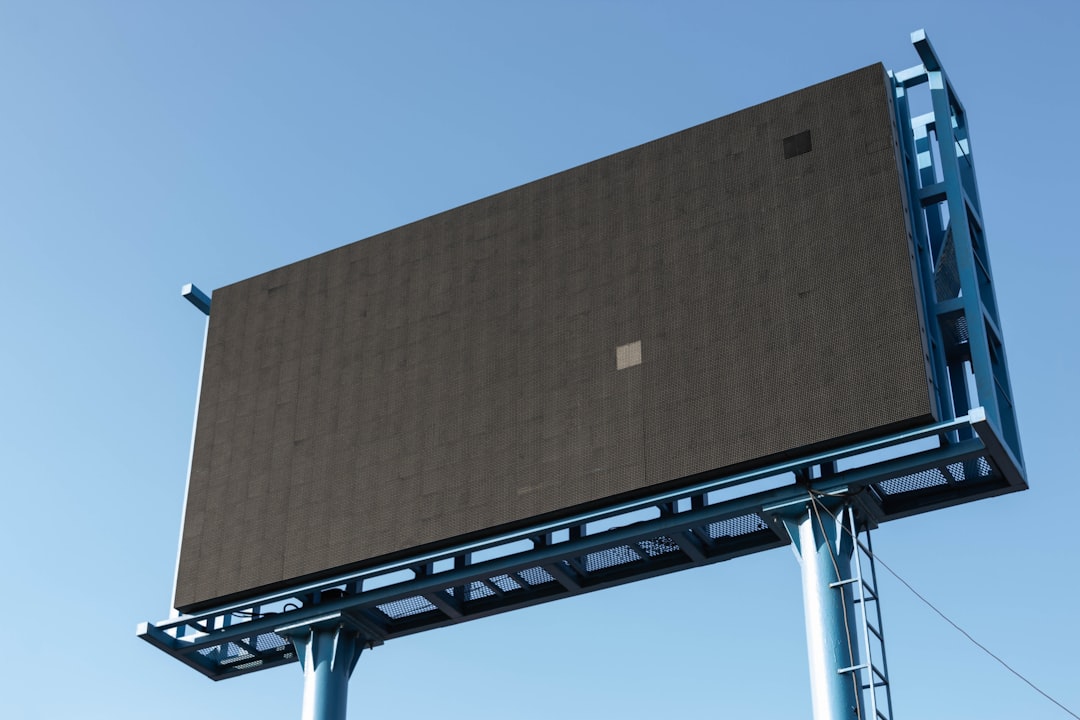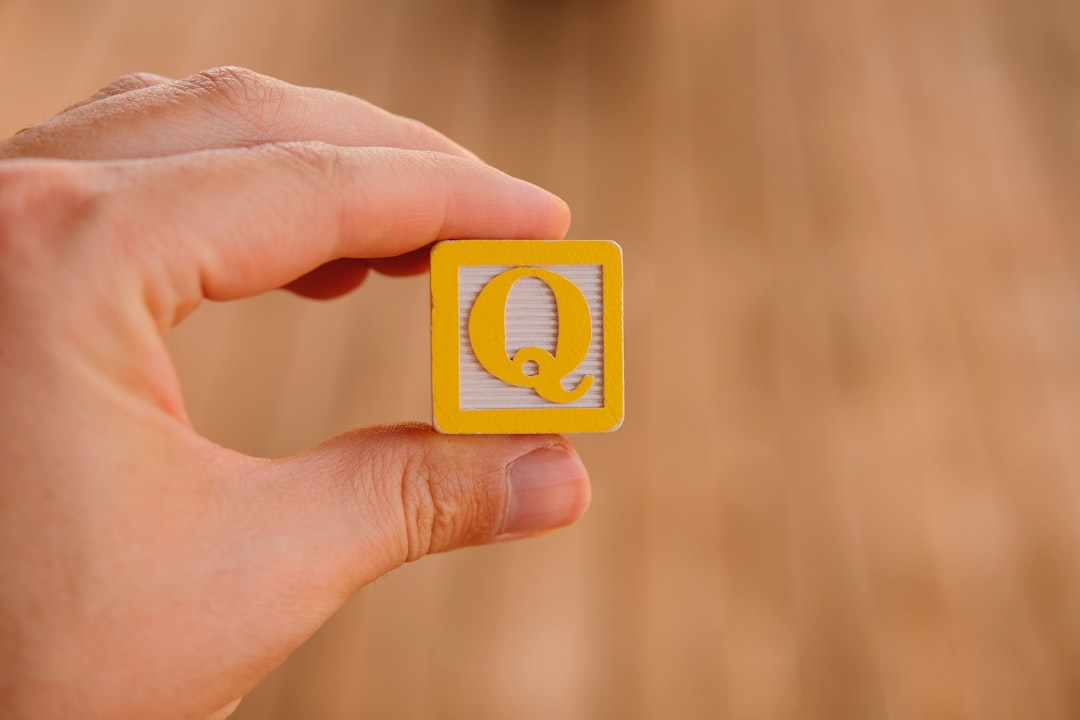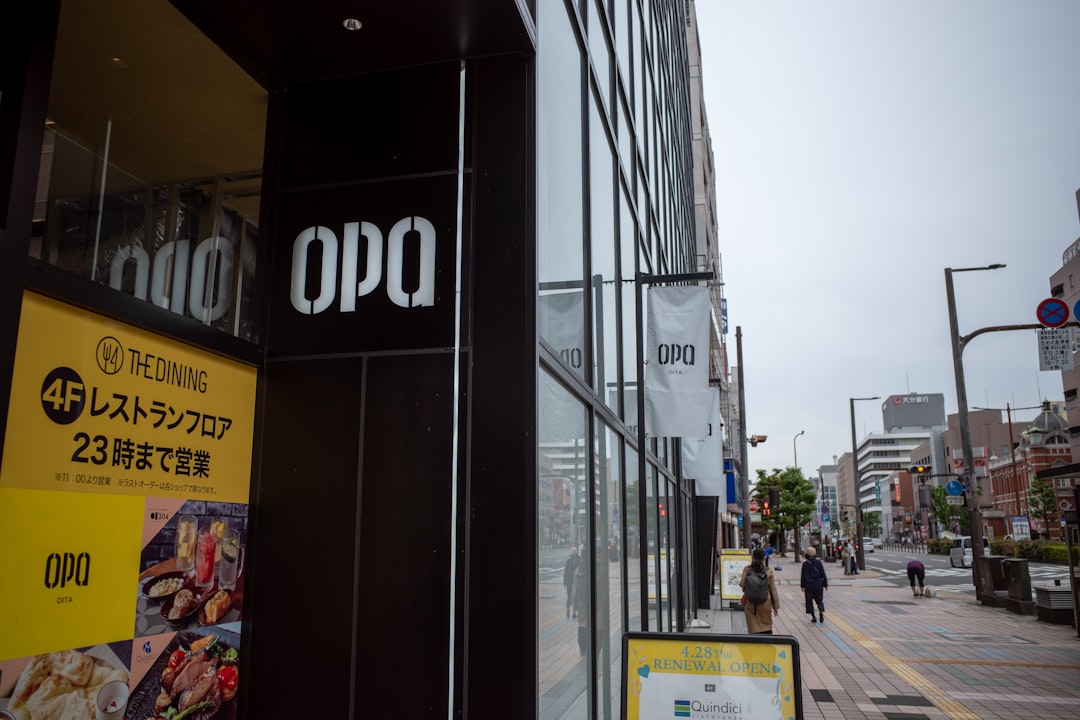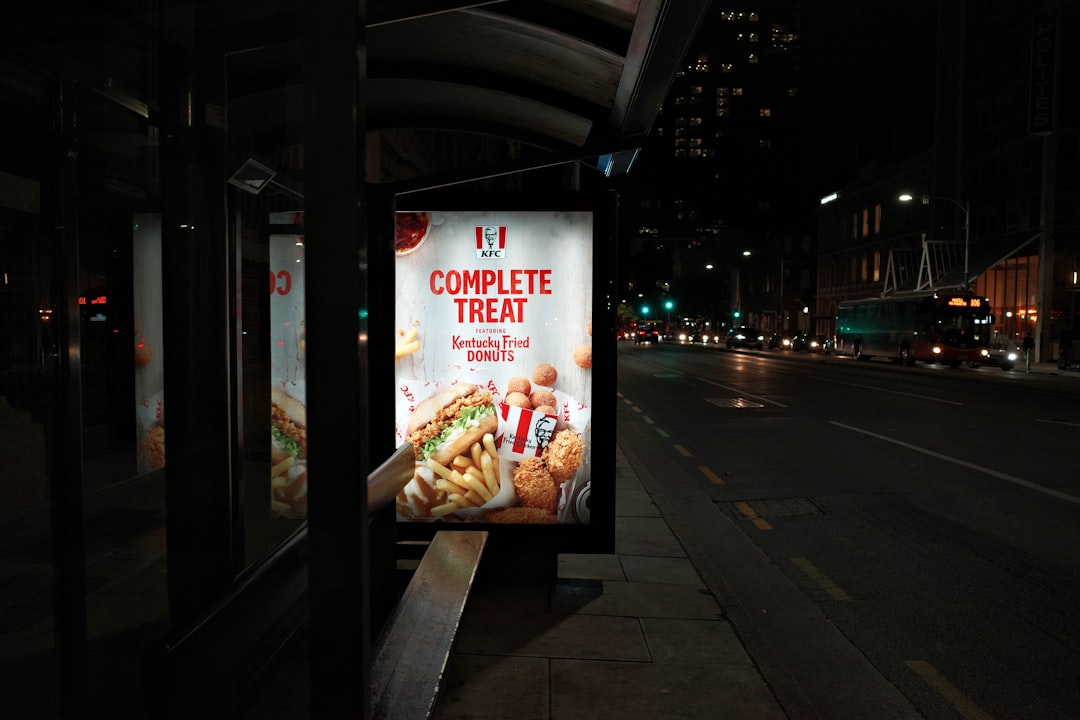

Engage prospects with a scan and streamline customer engagement with FREE QR code marketing tools by Sona – no strings attached!
Create a Free QR CodeFree consultation

No commitment

Engage prospects with a scan and streamline customer engagement with FREE QR code marketing tools by Sona – no strings attached!
Create a Free QR CodeFree consultation

No commitment
In today’s digitally driven world, QR codes have evolved from a novelty to a strategic powerhouse that bridges offline engagement with online action. For outdoor advertising companies, QR codes offer a seamless way to transform fleeting impressions into measurable outcomes across billboards, street furniture, transit placements, and venue signage. Viewers no longer need to memorize URLs or phone numbers. One scan connects them to landing pages, offers, sign-up flows, or app downloads.
Outdoor advertising firms face pressure to prove that physical ads convert in a digital-first era. The biggest loss often occurs between attention and action. People notice a poster or billboard, feel interest, then move on. QR codes eliminate that gap by turning curiosity into immediate engagement, while also capturing metadata that helps advertisers understand who is scanning, where, and when. This makes it possible to attribute sales or leads back to specific placements.
As the market shifts to outcome-driven campaigns, QR codes enable faster lead capture, stronger engagement, and richer insights. They turn each surface into a digital entry point that is trackable and optimizable. With the right tools and workflows, outdoor advertising companies can segment audiences and push high-intent scans into CRM systems before prospects slip through the cracks. The result is greater accountability for every impression on the street and a predictable path to growth.

QR codes bridge the gap between physical ad impressions and digital conversions, making it easy for outdoor advertising companies to boost campaign effectiveness and prove value to clients. The best programs follow a clear framework: define outcomes, design for real-world behavior, and track everything from scan to sale. For broader strategy, see QR codes in marketing.
Many firms still rely on static phone numbers or printed brochures that require manual follow-up. These analog processes introduce friction, delay, and data loss. Modern QR flows replace brochures and paper forms with dynamic codes that drive viewers to mobile-first experiences such as one-tap lead forms, appointment scheduling, or promo claims. The lead is captured while intent is high, and the data is stored instantly for use by sales and marketing teams. For quick forms, link to tools like Google Forms.
With the right QR technology, outdated workflows give way to digital experiences that are trackable and measurable. Tools such as Sona QR support the full lifecycle: code creation, brand styling, dynamic destination editing, analytics, CRM integration, and audience syncs to ad platforms. Agencies move from missed opportunities to data-driven growth by treating every scan as a high-value signal.

Outdoor advertising presents challenges: brief attention windows, limited text space, and historically thin attribution. QR codes address these hurdles by making it simple to take action and by turning each scan into usable data. When you add scannable interactions to billboards, bus shelters, street posters, or venue screens, you convert glance value into measurable engagement.
QR strategies also match how people use their phones in the world. Commuters at a bus stop, fans in a stadium, or shoppers at a window display can scan instantly. Even if they are not ready to buy, they can join a waitlist, save a coupon, or request info in seconds. This helps advertisers and their clients keep prospects in the funnel.
For common OOH materials such as billboards, window wraps, transit posters, and flyers, QR codes give you a way to deliver rich content, capture leads, and attribute outcomes. Agencies can finally quantify which locations and messages deliver real business results.

Outdoor advertising companies deploy QR codes in several formats, each suited to a different outcome. Choose the right type based on what you want people to do and how quickly they should do it.
Dynamic QR codes are especially useful in OOH because they are editable and trackable. If a campaign pivots from a waitlist to a launch, or a client needs to update an offer mid-flight, you can change the destination without reprinting. Static codes still have a place for evergreen content or PDFs that rarely change.
With Sona QR, you can create all of these formats, manage them from one dashboard, and track performance by placement and creative. OOH teams typically lean on web links, forms, and app downloads most often since these actions translate directly to conversions and remarketing audiences.

QR codes perform best when they match the context of the physical environment and the mindset of the audience. Outdoor advertising companies have a unique advantage because they already control or influence high-visibility touchpoints. The key is aligning the QR experience to moments when viewers can safely and conveniently scan. For OOH-specific perspective, see this overview of QR in outdoor advertising.
Short dwell-time environments such as highways are usually poor for scanning while moving. Focus on placements where people naturally pause or wait. Use large, high-contrast codes in areas with good lighting. Pair the code with a crisp CTA that sets clear expectations: Scan for a free sample or Scan for pre-sale access.
By mapping QR placements to real-world routines such as commuting, shopping, or attending events, you maximize every opportunity to convert interest into action and every action into a measurable dataset.

QR codes help outdoor advertising teams solve common conversion gaps. The most effective use cases tie a physical impression to a specific, high-intent action and provide a fast path to completion. Below are three proven patterns that translate across markets and formats.
Billboards often deliver strong awareness but weak handoffs. A QR code that loads a geo-targeted landing page or limited-time offer can capture warm interest while a viewer is stationary at a red light or resting area. For a deeper look at OOH adoption, review these billboard QR tips. Transit and street-level ads can go deeper with interactive experiences such as app trials or short videos that preview value.
These use cases showcase how OOH campaigns can deliver immediate action and measurable outcomes without adding friction. Match the code’s destination to the likely environment and dwell time, and keep the action short and rewarding.
Each scan generates intent data you can turn into segmented audiences. Outdoor campaigns often touch wide populations, but not everyone is ready to convert. Tagging scans by context, creative, and intent lets you nurture people according to where they are in the journey. This increases relevance, reduces waste, and improves conversion rates over time. For paid media follow-up, try Sona’s playbook on intent-driven retargeting.
A simple structure divides scans into funnel stages: awareness, consideration, and conversion. Use distinct codes and destinations for each stage so you can track which surfaces and messages move people forward. Then push those segments into your CRM and ad platforms to trigger tailored follow-up like SMS reminders, email sequences, or custom ad audiences.
Modern QR platforms automate tagging and syncing, eliminating manual tracking. Sona QR can label scans by creative, placement, time, and action, then sync those tags to downstream systems so retargeting flows and reporting happen automatically.
QR codes are connectors between offline placements and digital systems. When integrated across channels, they generate a continuous stream of real-world signals that improve audience understanding and campaign performance. Outdoor advertising teams gain the most value when they unify QR data with web analytics, CRM activity, and paid media attribution. For measurement context, compare multi-touch attribution.
Think of each QR as an onramp to a digital journey. A scan from a poster might add someone to an SMS list and show a tailored landing page. A scan from a direct mail piece might log a product interest and schedule a callback. By standardizing how you tag and track scans across channels, you create a clean dataset for decision-making.
Sona QR centralizes code creation and tracking across these channels. It also syncs engagement signals to Sona for identity resolution and multi-touch attribution, so you can tie offline scans to online clicks, web visits, and pipeline movement.
A strong QR program blends strategy, design, and measurement. Use this checklist to plan, launch, and optimize campaigns across outdoor and related channels. Start with a clear goal and a well-defined user action, then build the path that makes it simple to complete.
Begin with the environment. If the target audience is on foot or waiting for transit, they have time and motivation to scan. If the audience is passing at speed, consider QR codes only where there is a safe pause such as a platform, stop, or rest area. Align your CTA to that moment and keep the destination fast to load and easy to complete.
Define what success looks like for this placement. For example, a transit shelter ad might aim for app downloads, while an event banner might prioritize email capture with an incentive. Select use cases that map to your client’s goals such as RSVPs for a product launch, demo requests for a B2B service, or coupon saves for a retail opening. For events, scannable banners work well.
Align the QR code’s purpose with a measurable outcome. If the goal is lead capture, send scanners to a pre-filled form that takes less than 30 seconds. If the goal is foot traffic, use a map link or store locator. For outdoor advertising, an effective vertical-specific goal is event RSVP at a city festival, redeemable in person for a gated benefit.
Choose static or dynamic based on your need for flexibility and tracking. Static codes are suitable for unchanging content like a permanent brochure PDF. Dynamic codes are the norm for campaigns because they allow editing the destination, adding UTMs, and tracking scans by placement and device without reprint.
If you plan to optimize creative mid-flight or segment audiences based on scan context, use dynamic codes. Platforms like Sona QR make it easy to generate dynamic codes at scale, apply branding, and route traffic by device or location. This preserves creative investment and lets you react to performance data.
Incorporate brand colors, a clear border, and a short instructional CTA near the code such as Scan to book now or Scan for map and hours. Maintain contrast between the code and background. Respect the quiet zone around the QR so scanners can detect it easily.
Test across multiple devices, angles, and lighting conditions. For OOH, scale the code so the shortest expected viewing distance supports reliable scanning. A practical guideline is code width at least one-tenth of the scanning distance. For example, if people will stand 6 feet away, use a code at least 7 to 8 inches wide. For posters within reach, 2 to 3 inches may suffice. Always test in situ before full rollout.
Place QR codes on media that match your growth plan. For outdoor advertising, prioritize transit shelters, street posters, window displays, event banners, and digital signage with pause points. For fleets, ensure codes are intended for scanning when vehicles are parked.
Match placement to audience behavior and context. For conference signage, put large codes at entry points or lounge areas. For direct mailers promoting a grand opening, include a QR to claim early-bird offers. For point-of-sale, prompt loyalty sign-ups or buy-now-pay-later pre-qualifications. Always ensure the call to action aligns with the scan scenario. Bring QR to digital signage, direct mail, and point-of-sale displays.
Use Sona QR to track scans by time, location, device, and creative variant. Add UTM parameters to every destination to attribute traffic to specific placements. Set up dashboards that report scan-to-lead rate, conversion rate, and downstream events like bookings or purchases.
Monitor drop-off points and run A/B tests for CTAs, landing pages, and incentives. Adjust destination content during the flight using dynamic editing. Share performance with clients in real time to demonstrate accountability and to secure budget for scale-ups or creative extensions.
Measurement is crucial to optimize campaigns and prove value. Outdoor advertising has traditionally struggled with last-mile attribution because many interactions occur offline. QR codes bring those moments online so you can follow the path from scan to outcome and refine investments accordingly. For model comparisons, review attribution frameworks.
Capturing raw scan counts is helpful, but the real power comes from connecting scans to identities and outcomes. You need to know which placements generate high-intent leads, which creatives drive quality, and how QR touches influence pipeline. This is where integrated tools make the difference between activity and revenue impact.
Sona QR captures real-world engagement, and Sona.com turns that engagement into a performance narrative. Together, they help outdoor advertising companies move beyond impressions and toward attributable conversions, pipeline, and revenue.
QR success depends on relevance, clarity, and measurement. Focus on creating simple, valuable actions that fit the setting, then track every scan so you can learn and optimize. Equip teams and partners with the knowledge to promote scanning, and use automation to keep the conversation going after the first interaction.
When in doubt, reduce friction. Shorten forms, clarify the benefit, and keep the scan path under 30 seconds whenever possible. For high-consideration offers, use progressive engagement such as a quick save of a coupon or a calendar hold for a demo, followed by a deeper nurture sequence.
By incorporating these practices, outdoor advertising companies make offline impressions accountable and scalable. Combined with unified data management and fast lead response, QR programs help shift from awareness-heavy tactics to conversion-focused growth.
QR codes are more than a shortcut. They are a strategy that lets outdoor advertising companies turn every physical surface into a digital entry point and every moment of interest into a measurable action. When you link billboards, transit ads, posters, and event signage to mobile-first experiences, you deliver instant value to the audience and real data to your team.
Here is the payoff: faster engagement across signs and screens, a connected journey that moves people from awareness to conversion, and actionable analytics that transform each scan into a signal for growth. With Sona QR for creation and tracking, and Sona for attribution and identity resolution, you have a complete toolkit to capture demand at the source and convert it into results. Start small, measure relentlessly, and scale the formats and placements that produce revenue. Start creating QR codes for free.
QR codes have transformed outdoor advertising companies from static displays into powerful, interactive marketing channels. By seamlessly connecting physical ads to digital experiences, they drive customer acquisition, enhance engagement, and deliver measurable conversions. Imagine knowing exactly which billboards or posters capture attention and prompt action—turning every outdoor placement into a data-driven growth opportunity.
With Sona QR, outdoor advertising companies gain the ability to create dynamic, trackable QR codes in seconds, update campaigns instantly without reprinting, and link each scan directly to revenue outcomes. This means smarter allocation of budgets, improved campaign agility, and clear visibility into what drives results. Start for free with Sona QR today and turn your outdoor ads into high-impact conversion engines.
Outdoor advertising companies using QR codes turn physical ads into measurable digital engagements, enabling faster lead capture, stronger audience interaction, and detailed analytics that link impressions to sales or leads.
They track QR code scans by time, location, device, and creative variant, measure scan-to-lead and lead-to-opportunity rates, and integrate data with CRM and ad platforms to attribute sales and optimize campaigns in real time.
They offer QR codes on billboards, street furniture, transit ads, venue signage, posters, event signage, vehicle graphics, and point-of-sale displays, each designed to match audience behavior and maximize engagement.
Yes, by tagging scans by location, context, and intent, companies segment audiences for personalized follow-up and retargeting through CRM and advertising platforms, improving relevance and conversion rates.
QR codes are an affordable addition to outdoor media and scale easily across formats, making it a low-cost way to multiply media investment value, though exact costs depend on campaign scope and placements.
Use Sona QR's trackable codes to improve customer acquisition and engagement today.
Create Your FREE Trackable QR Code in SecondsJoin results-focused teams combining Sona Platform automation with advanced Google Ads strategies to scale lead generation

Connect your existing CRM

Free Account Enrichment

No setup fees
No commitment required

Free consultation

Get a custom Google Ads roadmap for your business






Launch campaigns that generate qualified leads in 30 days or less.
